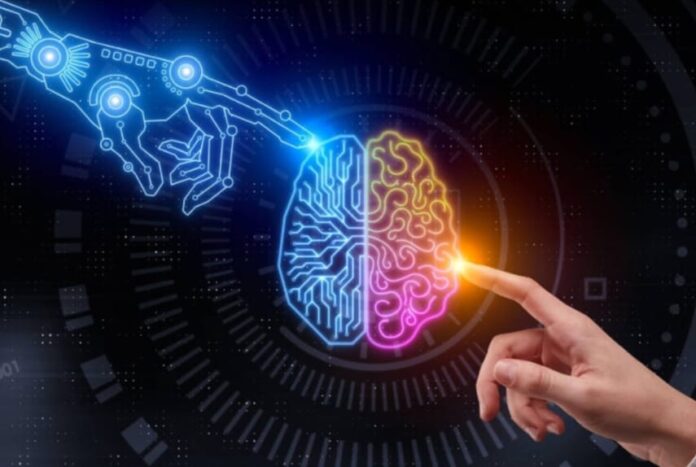What is Artificial Intelligence (AI)?
In today’s world, technology is growing very fast, and we are getting in touch with different new technologies day by day.
Here, one of the booming technologies of computer science is Artificial Intelligence which is ready to create a new revolution in the world by making intelligent machines. The Artificial Intelligence is now all around us. It is currently working with a variety of subfields, ranging from general to specific, such as self-driving cars, playing chess, proving theorems, playing music, Painting, etc.
AI is one of the fascinating and universal fields of Computer science which has a great scope in future. AI holds a tendency to cause a machine to work as a human.
Introduction to AI
Artificial Intelligence is composed of two words Artificial and Intelligence, where Artificial defines “man-made,” and intelligence defines “thinking power”, hence AI means “a man-made thinking power.”
So, we can define AI as:
“It is a branch of computer science by which we can create intelligent machines which can behave like a human, think like humans, and able to make decisions.”
Artificial Intelligence exists when a machine can have human based skills such as learning, reasoning, and solving problems
With Artificial Intelligence you do not need to preprogram a machine to do some work, despite that you can create a machine with programmed algorithms which can work with own intelligence, and that is the awesomeness of AI.
AI opens a path for other new technologies, new devices, and new Opportunities.
Intelligence is composed of:
Reasoning
Learning
Problem-Solving
Perception
Linguistic Intelligence
Many tools are used in AI, including versions of search and mathematical optimization, logic, and methods based on probability and economics. The AI field draws upon computer science, mathematics, psychology, linguistics, philosophy, neuroscience, artificial psychology, and many others.
The main focus of artificial intelligence is towards understanding human behaviour and performance. This can be done by creating computers with human-like intelligence and capabilities. This includes natural language processing, facial analysis and robotics. The main applications of AI are in military, healthcare, and computing; however, it’s expected that these applications will start soon and become part of our everyday lives.
Many theorists believe that computers will one day surpass human intelligence; they’ll be able to learn faster, process information more effectively and make decisions faster than humans. However, it’s still a work in progress as there are many limitations to how much artificial intelligence is achieved. For example, computers don’t perform well in dangerous or cold environments; they also struggle with physical tasks such as driving cars or operating heavy machinery. Even so, there are many exciting things ahead for artificial intelligence!
Uses of Artificial Intelligence:
Artificial Intelligence has many practical applications across various industries and domains, including:
Healthcare: AI is used for medical diagnosis, drug discovery, and predictive analysis of diseases.
Finance: AI helps in credit scoring, fraud detection, and financial forecasting.
Retail: AI is used for product recommendations, price optimization, and supply chain management.
Manufacturing: AI helps in quality control, predictive maintenance, and production optimization.
Transportation: AI is used for autonomous vehicles, traffic prediction, and route optimization.
Customer service: AI-powered chatbots are used for customer support, answering frequently asked questions, and handling simple requests.
Security: AI is used for facial recognition, intrusion detection, and cybersecurity threat analysis.
Marketing: AI is used for targeted advertising, customer segmentation, and sentiment analysis.
Education: AI is used for personalized learning, adaptive testing, and intelligent tutoring systems.
This is not an exhaustive list, and AI has many more potential applications in various domains and industries.
Need for Artificial Intelligence
To create expert systems that exhibit intelligent behaviour with the capability to learn, demonstrate, explain, and advise its users.
Helping machines find solutions to complex problems like humans do and applying them as algorithms in a computer-friendly manner.
Approaches of AI
There are a total of four approaches of AI and that are as follows:
Acting humanly (The Turing Test approach): This approach was designed by Alan Turing. The ideology behind this approach is that a computer passes the test if a human interrogator, after asking some written questions, cannot identify whether the written responses come from a human or from a computer.
Thinking humanly (The cognitive modeling approach): The idea behind this approach is to determine whether the computer thinks like a human.
Thinking rationally (The “laws of thought” approach): The idea behind this approach is to determine whether the computer thinks rationally i.e. with logical reasoning.
Acting rationally (The rational agent approach): The idea behind this approach is to determine whether the computer acts rationally i.e. with logical reasoning.



































